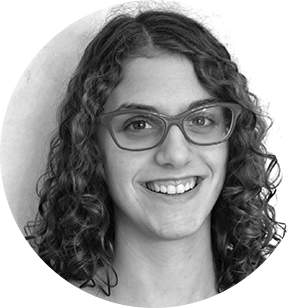Here's what the U.S. process for vetting Syrian refugees actually looks like
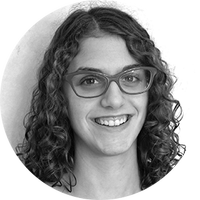
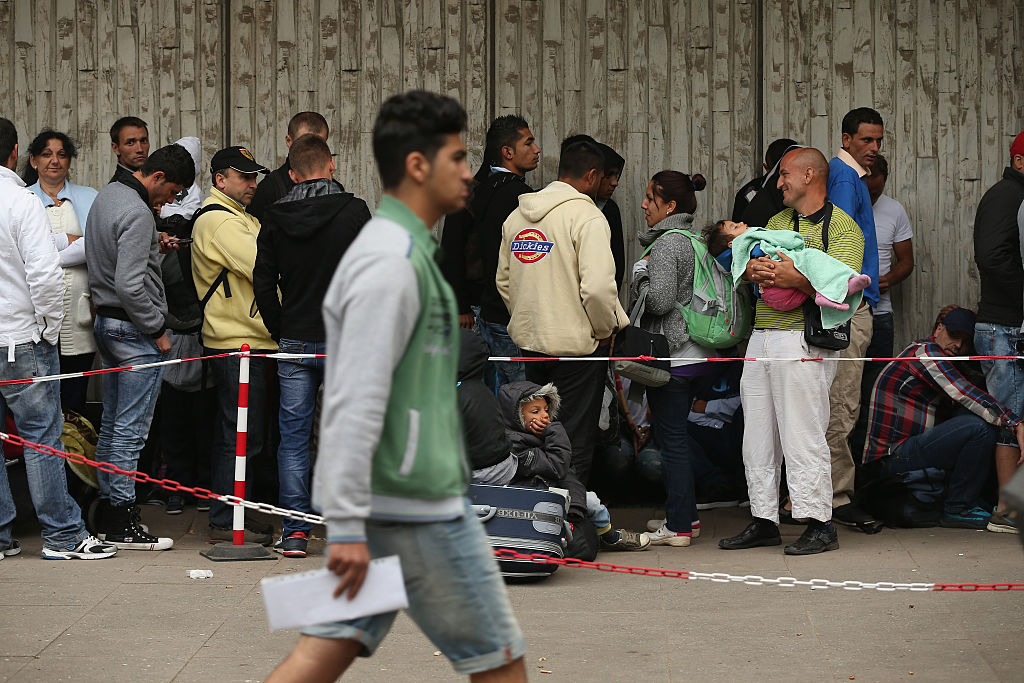
Many Republican lawmakers and governors are pushing back against the Obama administration's plan to accept up to 10,000 Syrian refugees, citing reports that a suicide bomber involved in the Islamic State terrorist attacks on Paris passed through Greece in October with a Syrian passport. They're calling for more strict measures to ensure that the U.S. doesn't admit any terrorists amid the stream of refugees. President Obama and other White House officials have bristled at the suggestion that security precautions are too loose.
So what does the vetting process actually look like? The nonpartisan fact-checking website PolitiFact has a thorough explanation, starting with the United Nations High Commissioner for Refugees' months-long process, which about 1 percent of refugees reportedly make it through. Then, the U.S. steps in:
Once a case is referred from the UNHCR to the United States, a refugee undergoes a security clearance check that could take several rounds, an in-person interview, approval by the Department of Homeland Security, medical screening, a match with a sponsor agency, "cultural orientation" classes, and one final security clearance. This all happens before a refugee ever gets onto American soil. [PolitiFact]
That whole process takes about two years on average, experts told PolitiFact.
The Week
Escape your echo chamber. Get the facts behind the news, plus analysis from multiple perspectives.

Sign up for The Week's Free Newsletters
From our morning news briefing to a weekly Good News Newsletter, get the best of The Week delivered directly to your inbox.
From our morning news briefing to a weekly Good News Newsletter, get the best of The Week delivered directly to your inbox.
"The process for refugees is the most extensive security screening we have for visitors," said Lavinia Limón, president of the U.S. Committee for Refugees and Immigrants, an advocacy group. "It's easier to come in as a tourist, a student, a businessman."
Read more about the screening process here.
A free daily email with the biggest news stories of the day – and the best features from TheWeek.com
Julie Kliegman is a freelance writer based in New York. Her work has appeared in BuzzFeed, Vox, Mental Floss, Paste, the Tampa Bay Times and PolitiFact. Her cats can do somersaults.
-
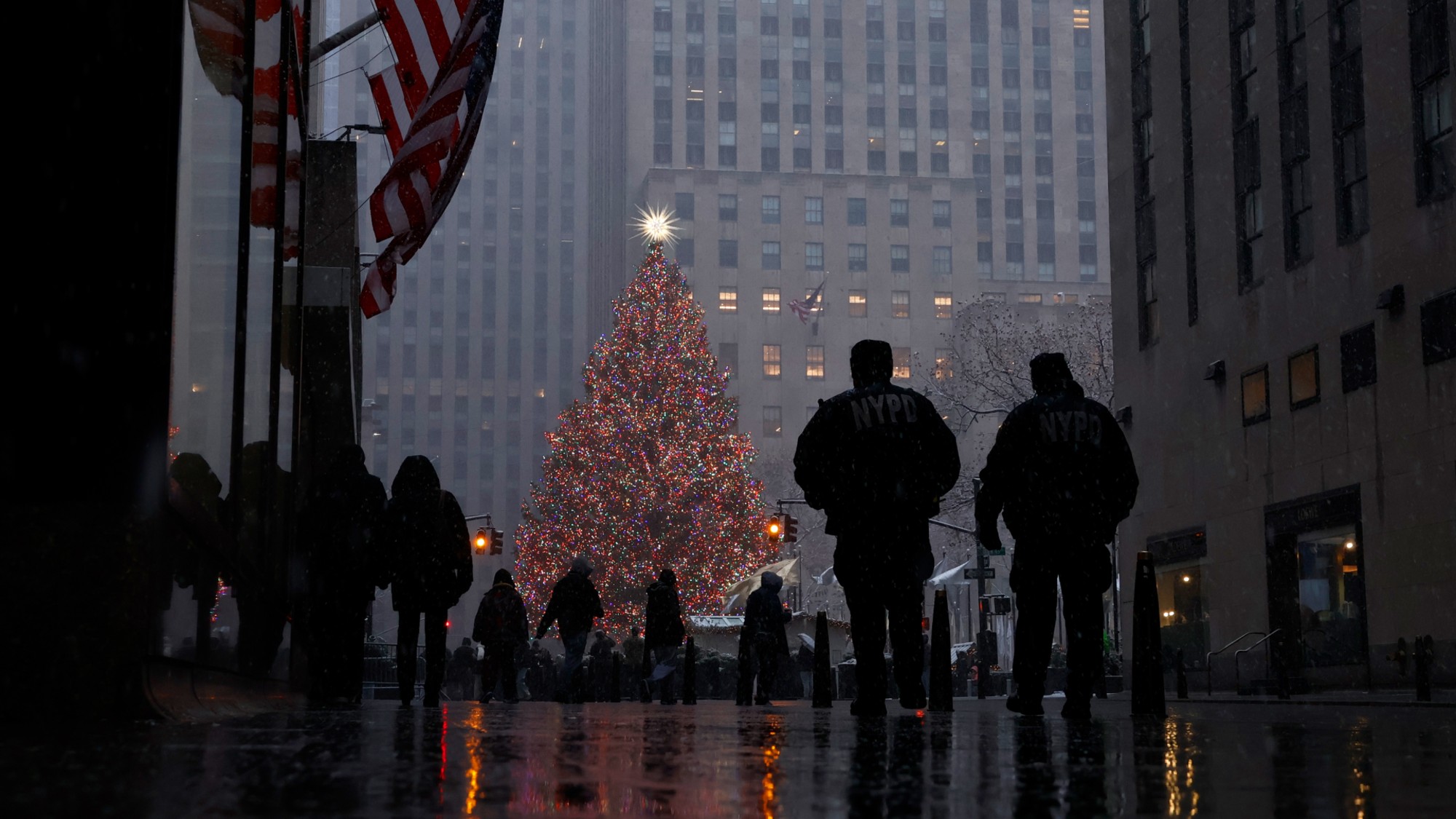 How climate change is affecting Christmas
How climate change is affecting ChristmasThe Explainer There may be a slim chance of future white Christmases
-
 The MAGA civil war takes center stage at the Turning Point USA conference
The MAGA civil war takes center stage at the Turning Point USA conferenceIN THE SPOTLIGHT ‘Americafest 2025’ was a who’s who of right-wing heavyweights eager to settle scores and lay claim to the future of MAGA
-
 The 8 best drama movies of 2025
The 8 best drama movies of 2025the week recommends Nuclear war, dictatorship and the summer of 2020 highlight the most important and memorable films of 2025
-
 British warship repels 'largest Houthi attack to date' in the Red Sea
British warship repels 'largest Houthi attack to date' in the Red SeaSpeed read Western allies warn of military response to Iranian-backed Yemeni rebels if attacks on ships continue
-
 Houthi rebels claim Red Sea ship attacks
Houthi rebels claim Red Sea ship attacksspeed read Iran-backed Yemeni group vows to escalate aggression towards Israel-linked vessels in revenge for Gaza war
-
 Israel plans next phase of Gaza war as first hostages released
Israel plans next phase of Gaza war as first hostages releasedSpeed read After four-day ceasefire 'we will not stop' until destruction of Hamas, says Israel
-
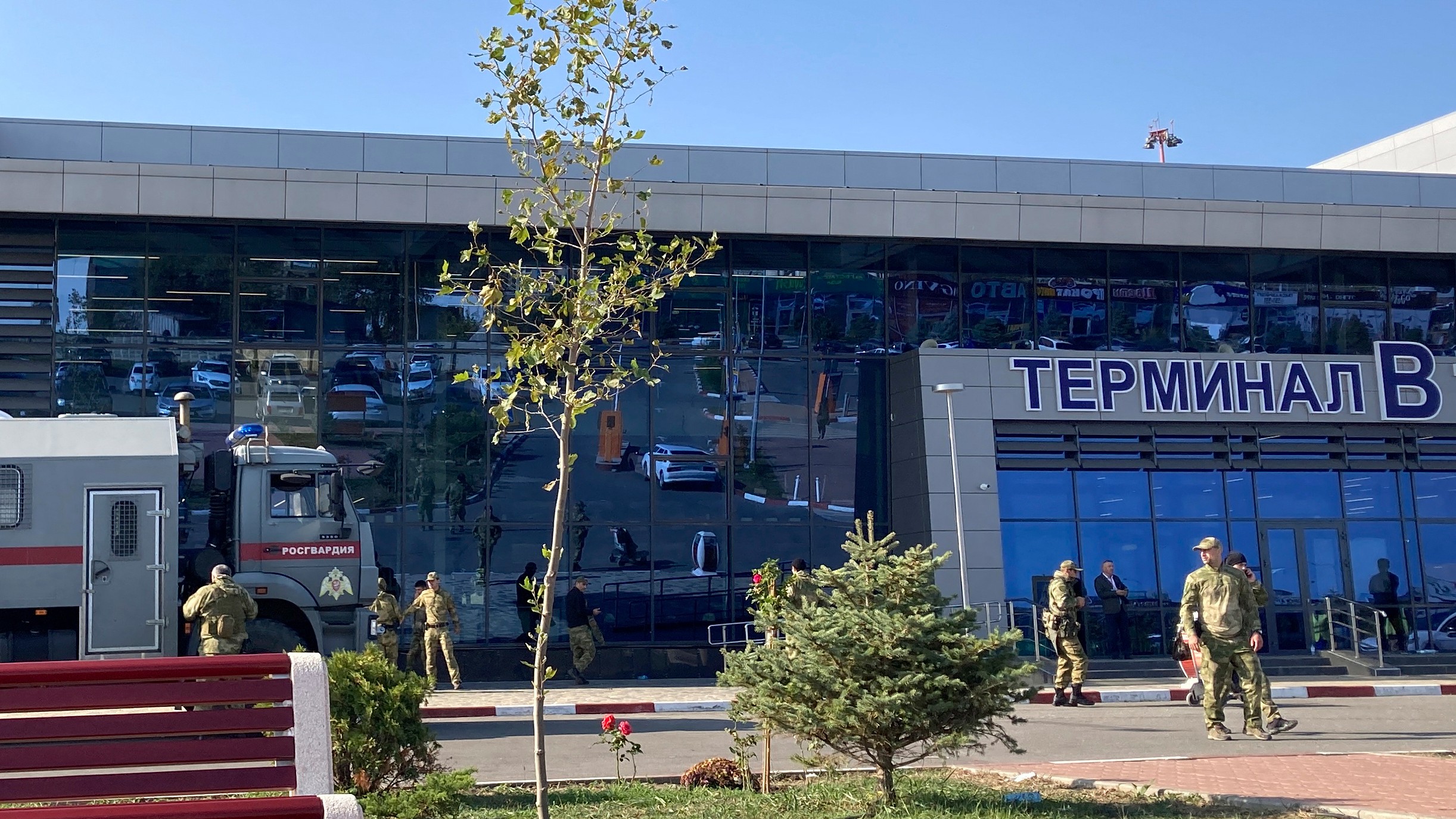 Mob storms Russian airport 'looking for Jews'
Mob storms Russian airport 'looking for Jews'Speed Read Plane from Israel surrounded by rioters chanting antisemitic slogans after landing in Russia's Dagestan region
-
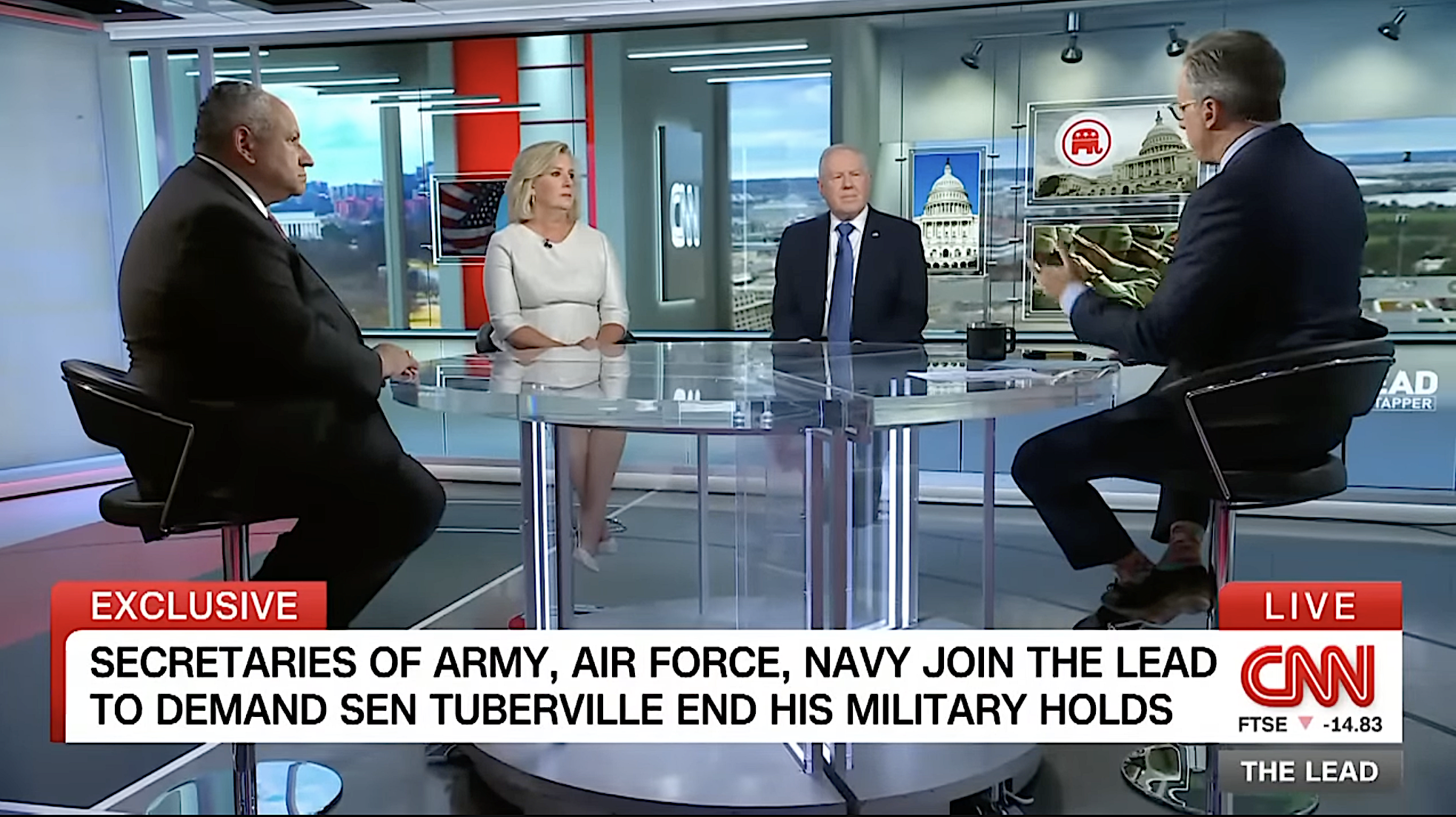 Tuberville's military promotions block is upending lives, combat readiness, 3 military branch chiefs say
Tuberville's military promotions block is upending lives, combat readiness, 3 military branch chiefs saySpeed Read
-
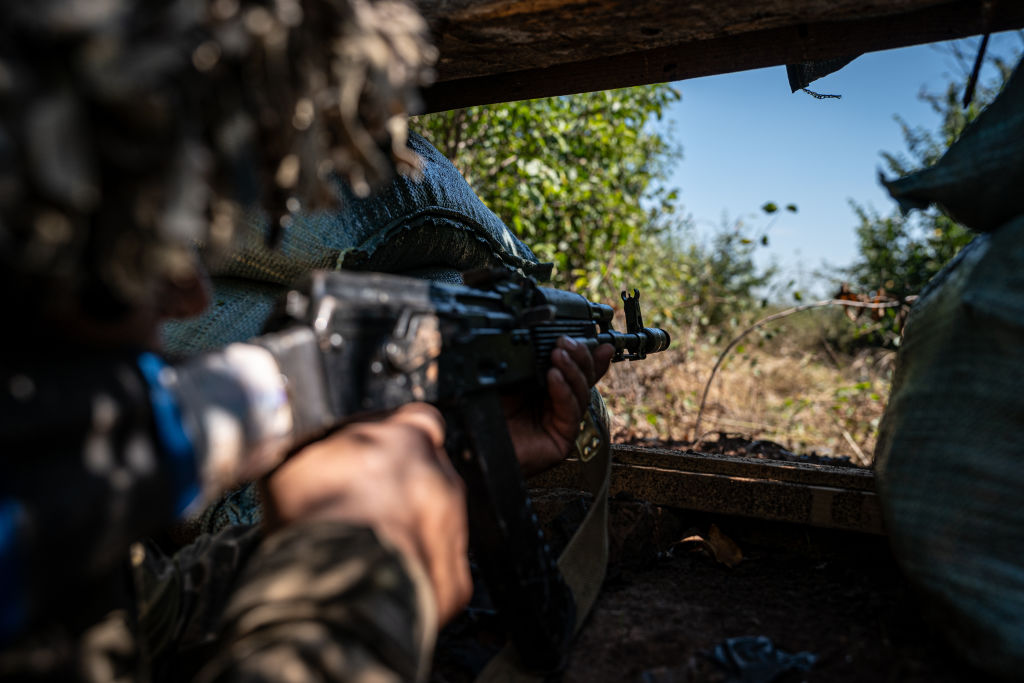 Ukraine's counteroffensive is making incremental gains. Does it matter in the broader war?
Ukraine's counteroffensive is making incremental gains. Does it matter in the broader war?Speed Read
-
 US commissions first-ever Navy ship in a foreign port
US commissions first-ever Navy ship in a foreign portSpeed Read
-
 British spy chief, Wagner video suggest Prigozhin is alive and freely 'floating around'
British spy chief, Wagner video suggest Prigozhin is alive and freely 'floating around'Speed Read
